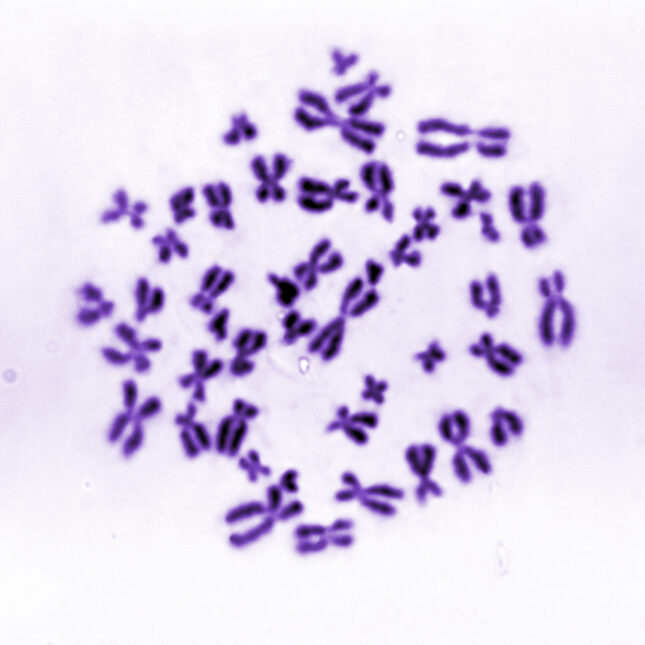
Two years ago, when an international team of scientists announced it had finally sequenced and assembled the first fully complete human genome, including previously unmappable regions, Melissa Wilson was ecstatic. She reached out to Adam Phillippy, a researcher at the National Institutes of Health and a leader of the Telomere-to-Telomere Consortium to congratulate him on the accomplishment. And to ask the question she was almost too excited to utter: “And the Y?”
Wilson is an evolutionary geneticist at Arizona State University. For the past 10 years, her lab has been prying and probing into the origins of so-called sex chromosomes — the unnumbered, asymmetrical pair that in the human species go by the designation of X and Y. It has been a somewhat lonely corner of the DNA-studying community. For decades, researchers dismissed the Y chromosome as a “genetic wasteland,” a graveyard where genes (and careers) go to die.
That has to do, in part, with the Y chromosome’s unique evolutionary history. At the dawn of mammals, X and Y were just like every other pair of chromosomes — identical in length and shape and number of genes.














Exciting news! STAT has moved its comment section to our subscriber-only app, STAT+ Connect. Subscribe to STAT+ today to join the conversation or join us on Twitter, Facebook, LinkedIn, and Threads. Let's stay connected!
To submit a correction request, please visit our Contact Us page.